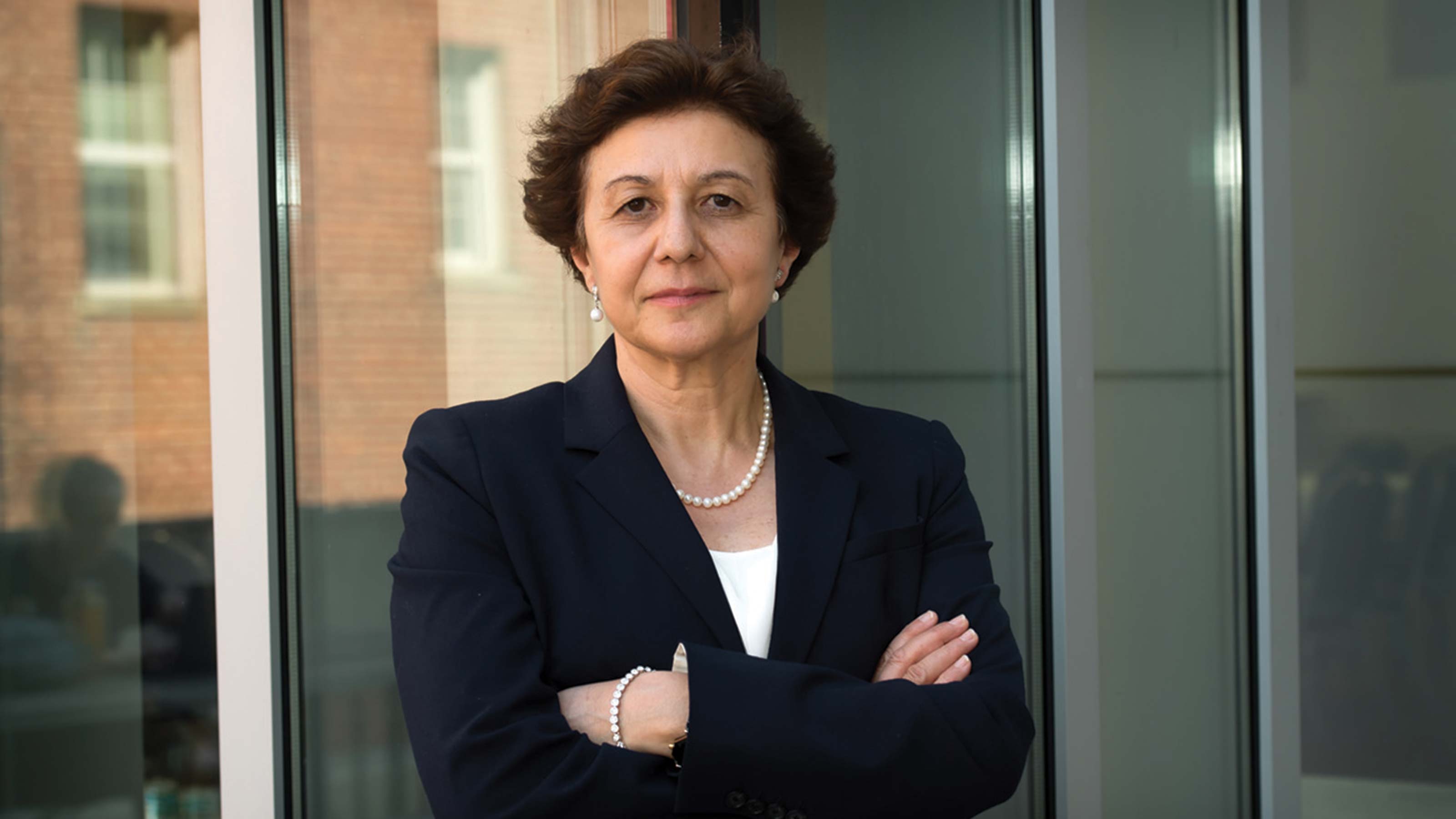How to Boost Your Financial Savvy
Women need to know how financial knowledge can help them take care of their families and themselves.


Annamaria Lusardi is a professor of economics and accountancy at George Washington University and academic director of the university’s Global Financial Literacy Excellence Center. She has done extensive research on the topic of women and financial literacy. Her most recent paper is “Fearless Woman: Financial Literacy and Stock Market Participation.”
Based on your research, what is the current state of financial literacy among women? In 2017, we created the TIAA Institute-GFLEC Personal Finance Index to examine financial literacy among U.S. adults across eight areas of personal finance. Women know less in almost each of them compared to men—and when there isn’t a difference, men also know very little. The areas with the biggest gap are investing; insuring, which includes both insurance products and things like emergency savings; and understanding risk—for example, the risk of investing in a single asset.
To what do you attribute the gap? It’s both lack of knowledge and lack of confidence. In every country we survey, we see the same pattern: Women are disproportionately more likely to answer “do not know” when we ask a question. Then we ask the same question several months later, take away the “do not know” option and ask how confident they are in their answer. Women are less confident than men, even when they are correct. Being cautious is very, very good, but there is a difference between being cautious and being fearful, which can affect investing in the stock market.

Sign up for Kiplinger’s Free E-Newsletters
Profit and prosper with the best of expert advice on investing, taxes, retirement, personal finance and more - straight to your e-mail.
Profit and prosper with the best of expert advice - straight to your e-mail.
What can we do to address the confidence gap? One important barrier is language. Women don’t speak the language of finance. It’s a very sensitive topic. Some are afraid they won’t understand it, and for others it’s taboo. Plus, people often associate money with trouble. We need to change that language. My first personal finance class was mostly men with a small group of women. Then I changed what I do, and my class has filled up with women.
How did you change your teaching methods? I tell them we will start with plain English, and I use myself as an example. As an Italian woman, I have the lowest probability of being financially literate among the people we survey in the G7 countries. But I have reversed the statistics. I also use a lot of humor. I have a funny Italian accent, which is not intimidating, so I use that to my advantage. And I tell them this is not just a course in investing. It is a “happiness project.” You will learn the tools you need to achieve your dreams.
How can we adapt this outside the classroom? Talk about what women care about. They care about others, so tell them how financial knowledge can help them take better care of their families and themselves. It’s important to put financial literacy in schools, so you can reach everyone, including those who are least exposed at home. Girls and women often don’t speak with each other about finance. The workplace is also important because you have to reach women where they are. There should be a personal finance column in publications they read—for example, those related to their kids. You need a “Sex and the City” with a financial literacy twist.
How has the pandemic affected women financially? They were a vulnerable group even before, and this has made them more so. When we look at women as a group, we find large differences across race and ethnicity. For example, when you look at how people face financial shocks, white women might be more likely to use financial instruments and Black and Hispanic women would depend more on transactions within the family. But even controlling for income and education, those with higher financial literacy fared better. So we have an opportunity not just to respond to a crisis but to create a stronger, more resilient group. Financial education is a response to a world that is always changing.
Get Kiplinger Today newsletter — free
Profit and prosper with the best of Kiplinger's advice on investing, taxes, retirement, personal finance and much more. Delivered daily. Enter your email in the box and click Sign Me Up.

Janet Bodnar is editor-at-large of Kiplinger's Personal Finance, a position she assumed after retiring as editor of the magazine after eight years at the helm. She is a nationally recognized expert on the subjects of women and money, children's and family finances, and financial literacy. She is the author of two books, Money Smart Women and Raising Money Smart Kids. As editor-at-large, she writes two popular columns for Kiplinger, "Money Smart Women" and "Living in Retirement." Bodnar is a graduate of St. Bonaventure University and is a member of its Board of Trustees. She received her master's degree from Columbia University, where she was also a Knight-Bagehot Fellow in Business and Economics Journalism.